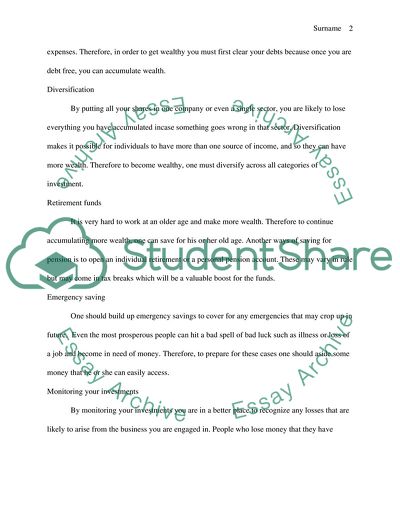Cite this document
(American Consumer Wages, Income, Wealth and Savings Research Paper, n.d.)
American Consumer Wages, Income, Wealth and Savings Research Paper. Retrieved from https://studentshare.org/macro-microeconomics/1749904-us-consumer-wages-income-wealth-and-savings
American Consumer Wages, Income, Wealth and Savings Research Paper. Retrieved from https://studentshare.org/macro-microeconomics/1749904-us-consumer-wages-income-wealth-and-savings
(American Consumer Wages, Income, Wealth and Savings Research Paper)
American Consumer Wages, Income, Wealth and Savings Research Paper. https://studentshare.org/macro-microeconomics/1749904-us-consumer-wages-income-wealth-and-savings.
American Consumer Wages, Income, Wealth and Savings Research Paper. https://studentshare.org/macro-microeconomics/1749904-us-consumer-wages-income-wealth-and-savings.
“American Consumer Wages, Income, Wealth and Savings Research Paper”, n.d. https://studentshare.org/macro-microeconomics/1749904-us-consumer-wages-income-wealth-and-savings.


